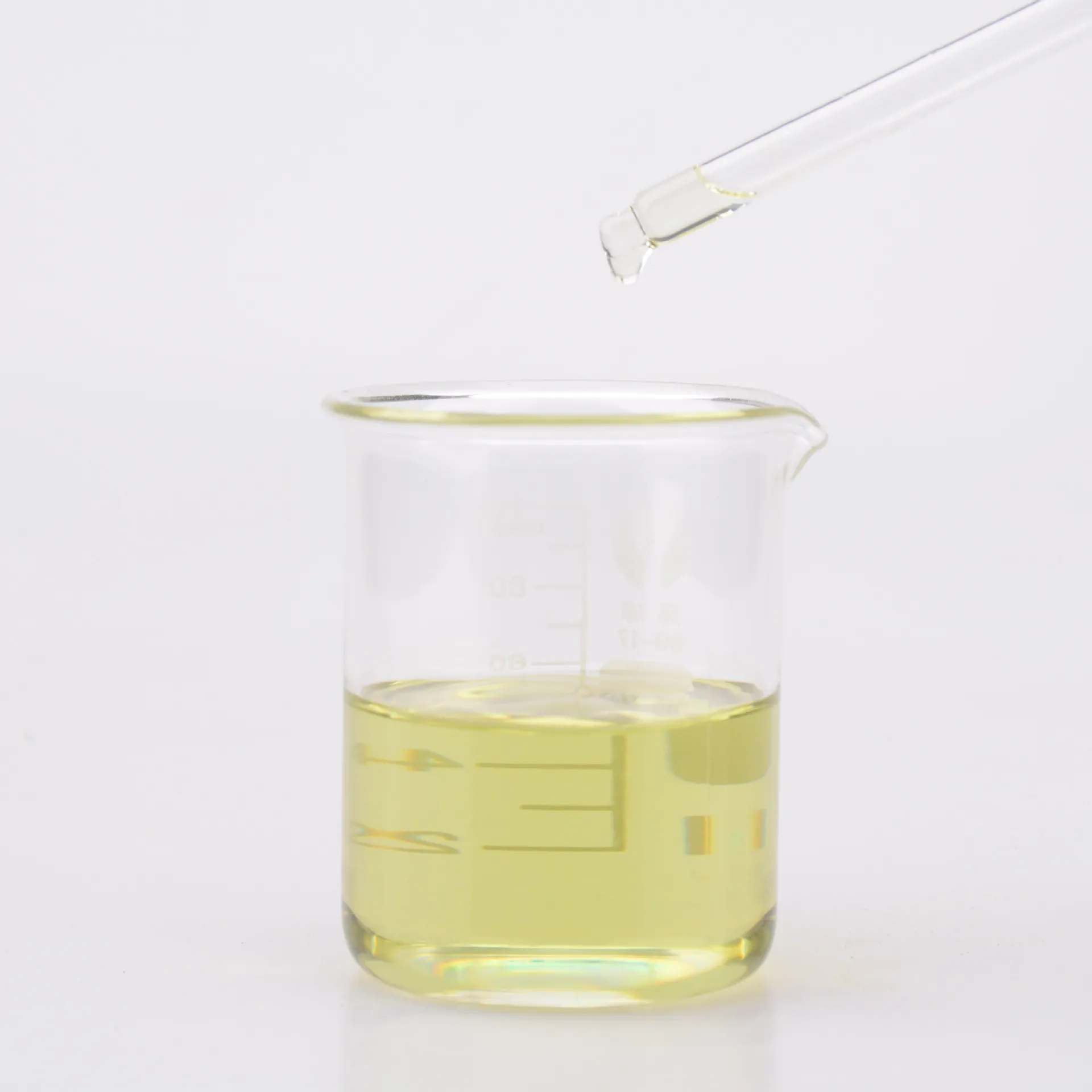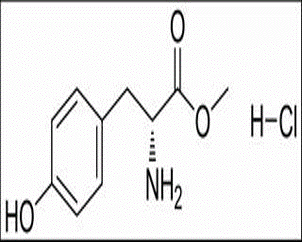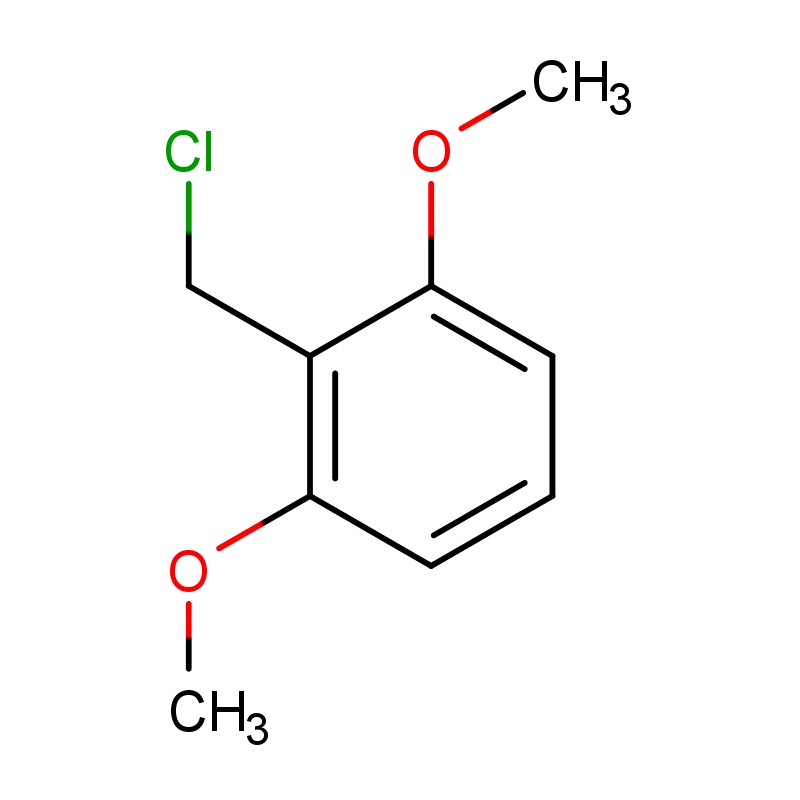Geranium oil(CAS#8000-46-2)
| Risk Codes | R38 – Irritating to the skin R36/38 – Irritating to eyes and skin. R51/53 – Toxic to aquatic organisms, may cause long-term adverse effects in the aquatic environment. R43 – May cause sensitization by skin contact R41 – Risk of serious damage to eyes |
| Safety Description | S36 – Wear suitable protective clothing. S26 – In case of contact with eyes, rinse immediately with plenty of water and seek medical advice. S61 – Avoid release to the environment. Refer to special instructions / safety data sheets. S36/37/39 – Wear suitable protective clothing, gloves and eye/face protection. |
| UN IDs | UN 3082 9 / PGIII |
| WGK Germany | 2 |
| RTECS | LY4055000 |
| FLUKA BRAND F CODES | 8 |
| Toxicity | The acute dermal LD50 value in guinea-pigs was reported as > 5 g/kg (Moreno, 1974). |
Introduction
Georgia oil is an essential oil extracted from gerania plants such as eucalyptus and others, which has unique properties and a wide range of uses. The following is a detailed introduction to the properties, uses, preparation and safety information of geranium oil:Properties: Geranyon oil has a fresh, aromatic odor and is generally light yellow or transparent in color. Its main components are limonene and eucalyptol. It has antibacterial, anti-inflammatory, anthelmintic and antipyretic properties.It is commonly used to make massage oils, soaps, toothpastes, and fragrances that penetrate and soothe the skin.Preparation method: The production method of geranyleaf oil mainly includes distillation and extraction method. The distillation method is to soak the bay leaves in water and then use distillation equipment to distill the oil in the bay leaves. The extraction method is to soak the fragrant leaves in vegetable oil, and after a long soaking, the ingredients of the bay leaves penetrate into the oil.








